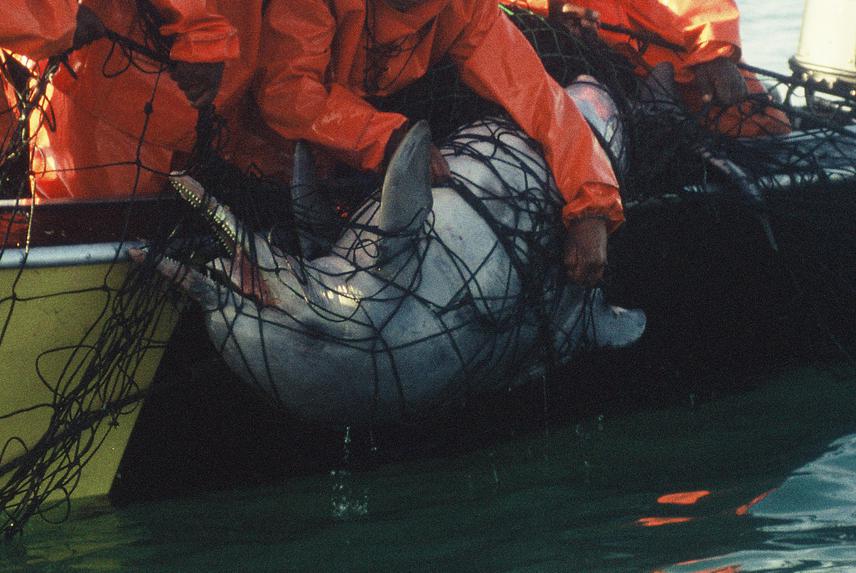Shanan Atkins
Shark nets kill sharks to lower the risk to bathers in KwaZulu-Natal, South Africa. Ultimately, we aim to stop this systematic culling. These sharks and the other species caught unintentionally, like dolphins, are apex predators with important roles in marine ecosystem functioning. Thus, our intended impact on biodiversity is to improve the status of coastal apex predator species. We plan to do this by testing and deploying non-lethal alternatives to the current shark culling system. This is our long-term plan and we begin with 3 goals:
1. Understand the current system: identify the stakeholders and examine their needs and attitudes,
know the socio-political context of the system, map the decision pathway and identify leverage points.
2. Build community: share information among the stakeholders and create a more cohesive collaboration network.
3. Propose alternatives: identify alternative bather protection methods and work with the stakeholder network to select the ones worth testing.

Endangered humpback dolphin killed in a shark net in KwaZulu-Natal, South Africa. © Brett Atkins
Some argue that safeguarding profitable activities and human well-being outweigh the cascading effects of harming wildlife. In KwaZulu-Natal, South Africa, gillnets are set to catch and kill large sharks to reduce the risk of attack on bathers and protect income-generating tourist activities in an impoverished province. Such ‘shark nets’ systematically kill not only 14 shark species but also other harmless animals—endangered dolphins and turtles—all of which play fundamental ecological roles. There must be less invasive, more efficient strategies. This situation is fraught with emotion and conflict among humans and wildlife. Our project maps the conflict and explores solutions.
Mapping the conflict will improve our understanding of the stakeholders, their needs and attitudes, and the wider socio-political context. We believe it is important to work at the intersection of decision-making, science and local values and so we will focus on the decision-making stakeholders, at all 3 levels of government (local, provincial and national). We will visit these stakeholders to interview them and understand their needs and attitudes to sharks and shark nets. With this information, we will elucidate the decision pathway and try to identify leverage points to accelerate change.
The conflict is complex and no-one person has a definitive, single answer. Gathering the stakeholders together and creating a social learning partnership is the best way to compile all perspectives and reach a consensus how to formulate the way forward. A knowledge café meeting will provide an opportunity for us to learn from one another, exchange ideas and forge a collaboration network.
To find a solution to this human-wildlife conflict, it is key to investigate alternatives to lethal control of sharks. Alternative methods exist and are being tested in other parts of the world. At this stage, we want to learn more about these alternatives and communicate with experts in the fields of bather protection and shark behaviour. We will collate these learnings into a catalogue that describes each method and provides relevant information, such as effect on bathers and animals (sharks, dolphins), commercial availability, financial costs, durability. Upon the conclusion of our project, we will organise a workshop to present the catalogue of alternatives to the decision-making stakeholders and experts and, collectively, identify the most viable option worth testing at Richards Bay.
Header: Respect Sharks. © Jeff Pantukhoff.